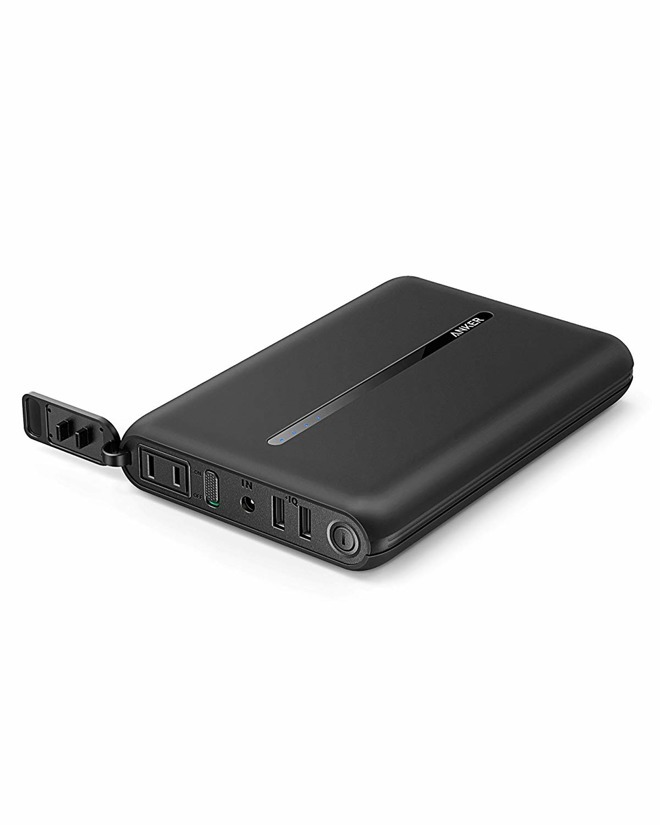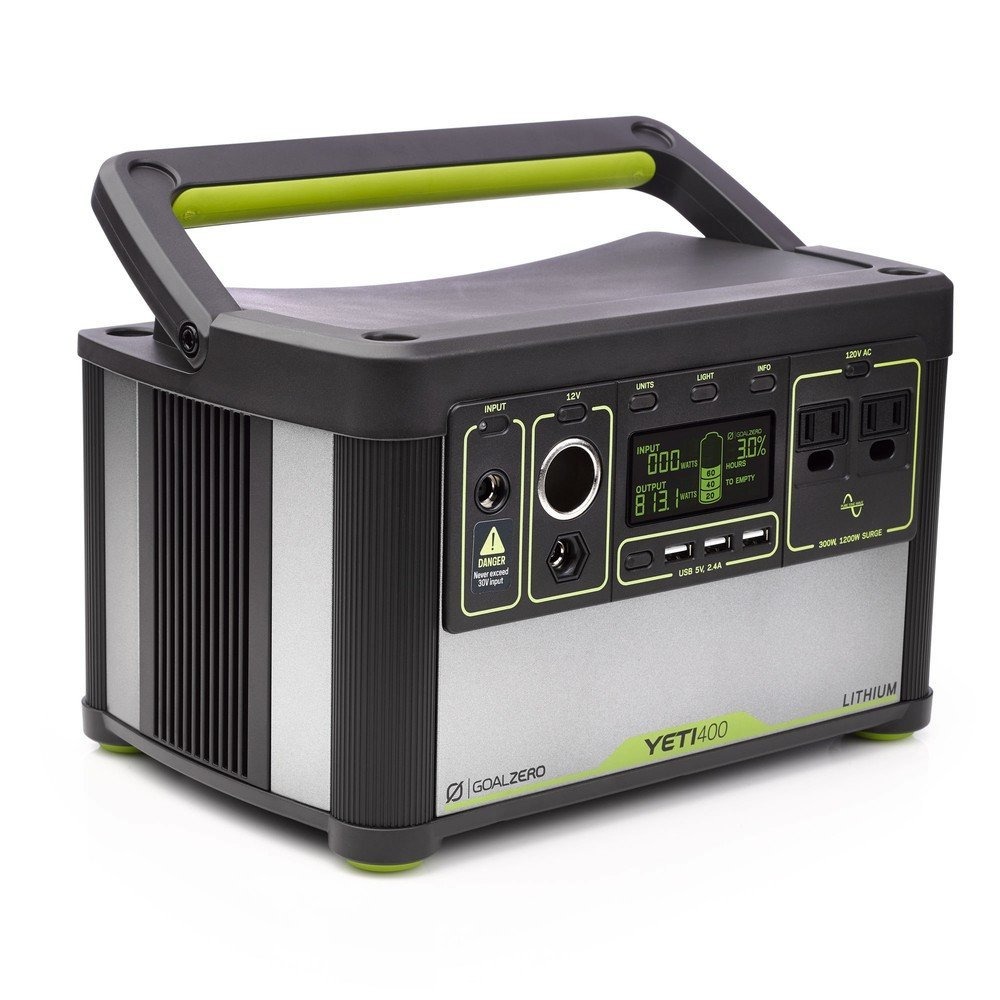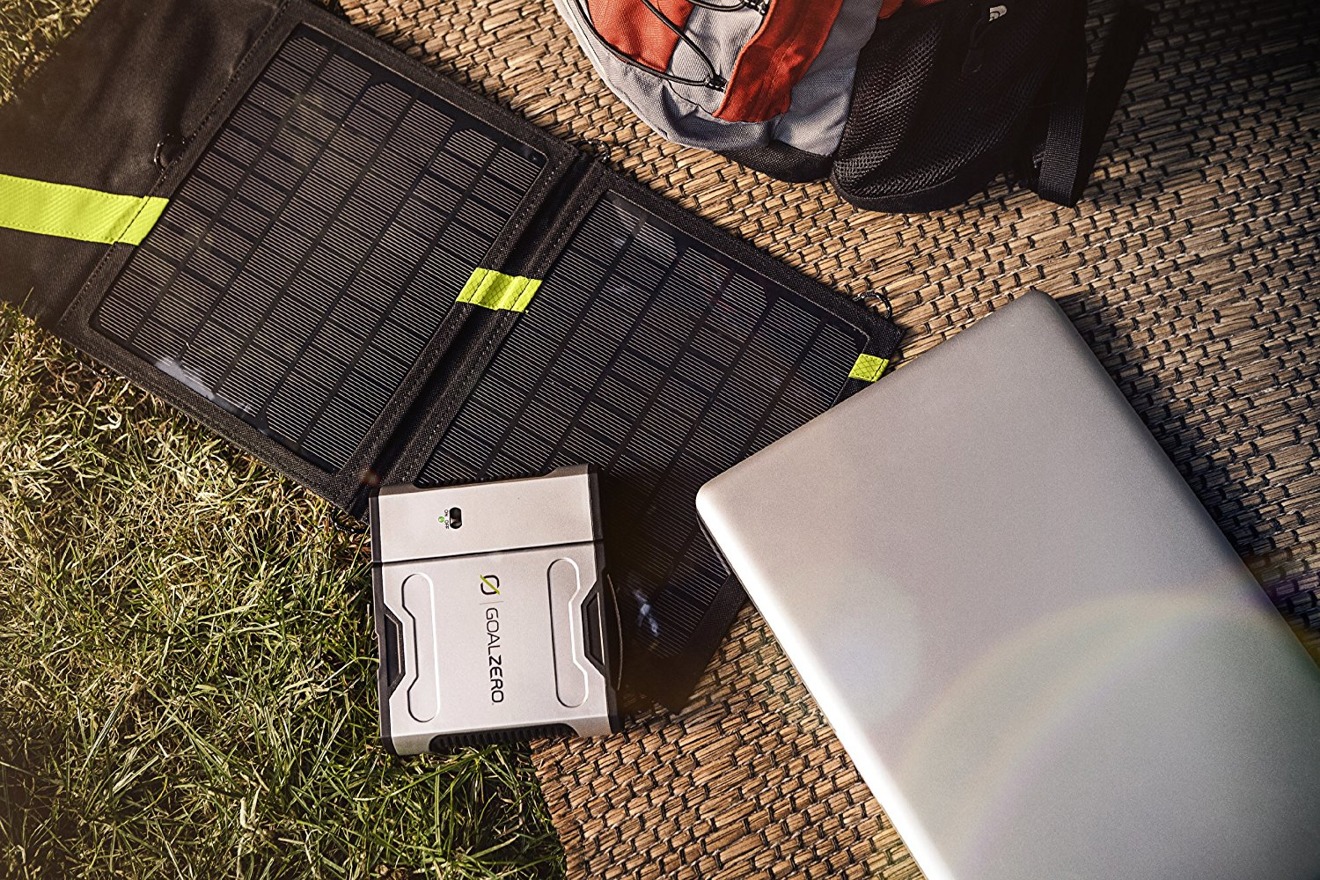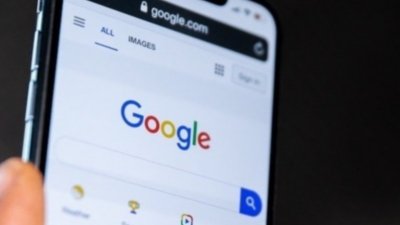Hurricanes Florence and Olivia are poised to slam into the U.S. later this week, which will leave some people without power for long stretches of time. AppleInsider shows you some of the better options for powering iPhones, iPads, and/or Macs so they don't go down with the grid.
As previous disasters have proven, cell phones are a crucial lifeline in a crisis, particularly ones with mass power outages and flooding. But, that rectangle slab might as well be made of wood for all the good it will do you if the battery is dead.
These aren't just batteries we picked out of the air. We've used all of these in one capacity or other, and recommend them all. Amazon has many of these available for same-day delivery, and some available for next-day or two-day delivery.
And, two of these have already helped out in one hurricane for an AppleInsider staffer.
Mophie Powerstation
If you don't expect to be offline too long, the Powerstation ($35.99) is compact and a staple among iPhone and iPad owners. The main model is rated at 6,000 milliamp-hours, enough to provide about two extra charges for an iPhone, give or take depending on the model. It has two USB Type-A ports.
If you're worried about extended outages, the Powerstation XXL ($94.59) is a 20,000 milliamp-hour version with three USB ports. Mophie claims this can extend iPhone life up to 70 hours, or keep an iPad going for 18.
Jackery PowerBar
One option to keep a MacBook going is the PowerBar ($129.99), which is rated at 20,800 milliamp-hours and can fully recharge just about any Apple device that connects to its AC port. The one exception is the 15-inch MacBook Pro, which can only reach 70 percent.
The battery also has twin USB Type-A ports, one supporting Quick Charge, and a lone USB-C connection. The latter doubles as a way of recharging the PowerBar itself.
Anker PowerCore AC
There's no USB-C, but the PowerCore AC ($149.99) is a 22,000 milliamp-hour pack with AC output and two USB Type-A ports. It has enough to juice to refuel most MacBooks and iPads, and of course it can handle an iPhone several times over. Be warned, it's not small.
Goal Zero Yeti 400
Even bigger however is the Yeti 400 ($599.95). This what you want if you've got an arsenal of devices and you're worried about power being down for a week — Goal Zero claims it can provide over 30 charges for a smartphone, 10 for a tablet, or 3 to 5 for a laptop.
It has two AC outlets, three USB Type-A ports, and some 12-volt hookups to boot. Goal Zero also sells optional solar panels that can keep power going indefinitely.
Anker PowerCore 20100
The PowerCore 20100 ($49.99) may be slightly bulky, but makes up for it by offering a lot of juice on the cheap. Anker claims that it can charge an iPhone 8 almost seven times over, and an iPad mini 4 twice. It has two USB-A ports.
Jackery Bolt
The Bolt ($29.99) is a 6,000-milliamp-hour unit that can only charge an iPhone up to two times. It makes up for this with a low pricetag, portability, and convenience. It has a built-in Lightning cable, so you'll never have to remember to drag a separate one around with you.
Tronsmart Edge 20000
This Tronsmart pack ($39.99) has a smaller supply than the PowerCore 20100, but does sport two-way USB-C and two USB-A ports, one of which is Quick Charge-compatible. As with its rival, you will have to cope with size issues.
Jackery Explorer 160
Here's some bang for the buck: the Explorer 160 is currently only $199.99, but provides 46,400 milliamp-hours and even has a USB-C port. Also present are two USB-A ports, a 12V DC connection, and an AC inverter.
As with the Yeti 400, you can buy an optional (and very pricey) solar panel if you want to keep the Explorer running as long as possible.
RAVPower 25,000mAh Solar Power Bank
A cheaper solar option, this pack ($52.99) has a rugged casing, a built-in flashlight, and three USB ports, one of which is two-way USB-C. You can even charge it faster by connecting USB-C and micro USB cables simultaneously.
The main drawback is that RAVPower only recommends using the solar panel to "top off" the battery, instead of completing a full charge, since the latter can take up to 85 hours. Be sure you've had the bank plugged in before disaster strikes.
Goal Zero Sherpa 50 (with Nomad 13 Solar Panel)
For those who insist on solar power, this Sherpa 50 bundle ($249) will cover the basics. Don't expect much from the battery itself — it has a relatively low capacity, and the the only Apple-compatible connections are AC and USB-A. However, the solar panel can completely recharge it in 5 to 10 hours, which may be enough to get you through as the weather clears.
 AppleInsider Staff
AppleInsider Staff

















-m.jpg)






 Malcolm Owen
Malcolm Owen
 Amber Neely
Amber Neely


 Christine McKee
Christine McKee

 Chip Loder
Chip Loder
 Marko Zivkovic
Marko Zivkovic









14 Comments
I used a Noco GB40 jump starter to help get me through five days without electricity at home during Irma. Luckily I was able to charge it at the library and work over those days.
great toy review, meanwhile the adults buy generators. A generator will powers most of your house as long as we have fuel. beside who gives a fuck about shitty phones when your food coukd get spoiled. Or even worse the beers could get hot.
On the subject of battery backups, as I am often on extended away periods without power supply, I have a range of battery backups. I generally pick up a new one when it’s a bargain, and being a bit of an afficionardo, have probably bought more than I need. Because when you see a bargain, well, bargain!
For this reason I have a 5000 mAh thin xiaomi for overnight hikes, a couple of thicker 10,000 mAh, each enough for a few days with an iPhone and an iPad Pro, and a couple up to 20,000 mAh for extended camping. Which one I take depends on purpose, but honestly they sit around most of the time, so cheap is good. Every now and again I check the charge to make sure they are full. Even the old ones where the charge doesn’t as last long anymore. This is because if there was an extended power loss, collectively they would last a very long time. Even in the last cat 5 to hit our coast, power in the most damaged locations was out three weeks, but you would not be in a situation like that without charging opportunities somewhere.
As one living in a hurricane prone area, this is an interesting article topic.
Why don’t all the devices have their milliamp-hours identified? Hard to compare without that for every one.